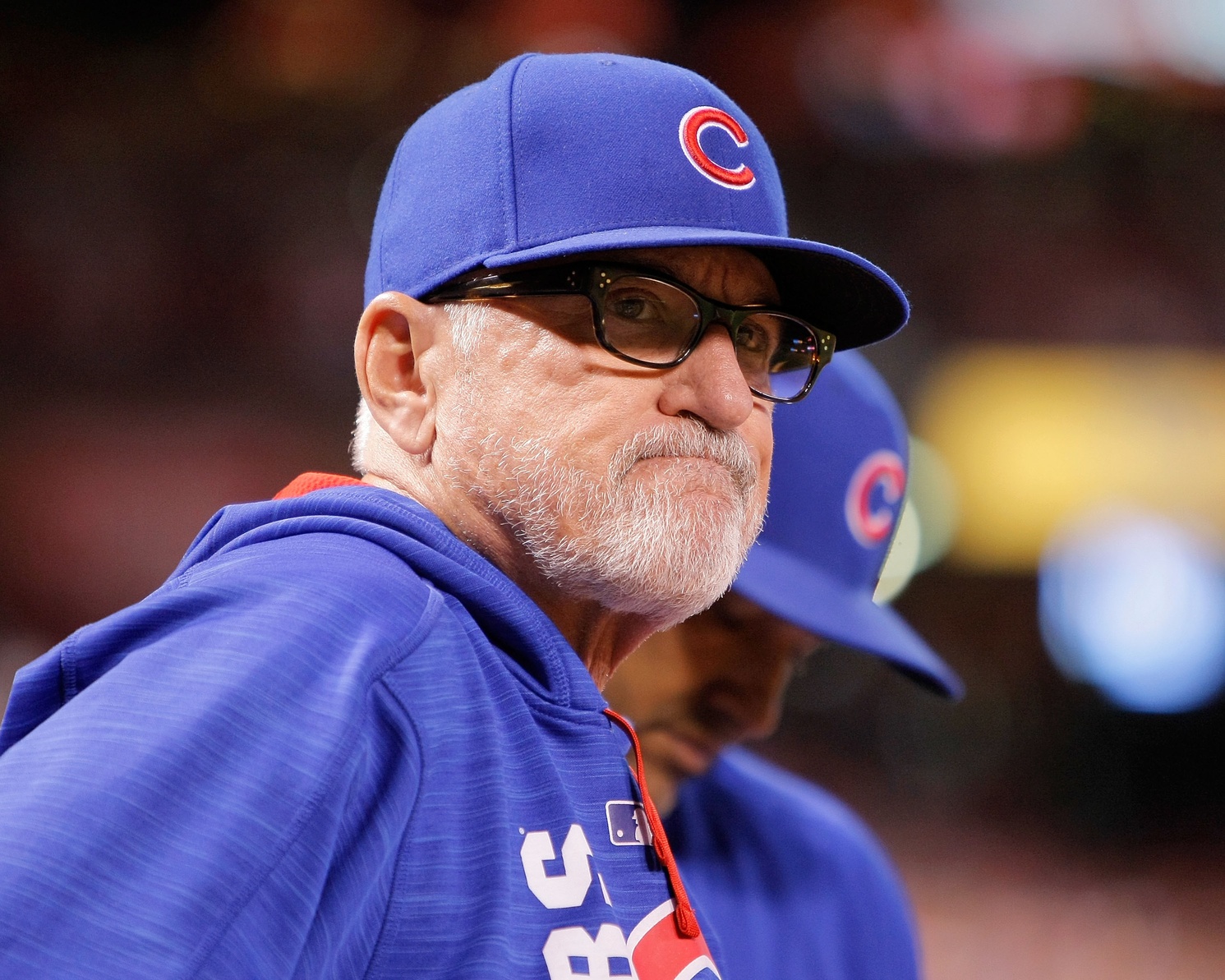Friday’s 3-2 win over the St. Louis Cardinals notwithstanding, there’s a lot of frustration in tuning into Chicago Cubs baseball early in 2017. A team that looks like world beaters at times, only to drop five of six to the Yankees and Rockies over the past week, there’s clearly much to be sorted out with this squad as we begin to journey on into the summer. Many folks, particularly on the Twitter-sphere, have had trouble in finding a balance between frustration and legitimate pessimism over a team that is barely six months removed from winning a World Series.
And therein lies the challenge.
Where does one draw the line between acknowledging the very visible issues with the current roster while still maintaining an optimistic approach for a team that will ultimately be in the mix to reach the World Series again by the time the fall months roll around? How does one point out said flaws without coming across in a fashion that leads others to question their ability to maintain perspective? Verbal jousts have erupted on countless occasions over this very issue. And that’s what we’re going to attempt to delve into here.
A team that was so good in all three predominant phases of the game last year (offense, pitching, defense), the Cubs have demonstrated notable flaws in each of the three. Sitting at 18-17, and in fourth place in the division, none of those three phases has completely come together. Which, is frustrating as it is, can also be considered a source of optimism, given where their recent history indicates that they should be in each element.
In terms of their offense, there’s a lot to like. Coming off of a season in which they were second in the National League in runs (808), fifth in home runs (199), and first in on-base percentage (.343), expectations were set pretty high for what this group could accomplish at the plate. By virtue of their developing young players alone, the expectation was for them to be an offensive powerhouse. And while that hasn’t quite happened in the way that we’d hoped early on, it’s not as if they’ve been a disappointment to this point in the season. Averages haven’t been there. Power hasn’t been there. They’re getting on base across the board, though, and they might just be an Anthony Rizzo or Kyle Schwarber or Willson Contreras breakout away from shooting up the leaderboard in their offensive statistics. That’s an overgeneralized and oversimplified take on the offense, but that doesn’t mean it’s necessarily wrong.
Where folks may have an opportunity for genuine concern is when it comes to the pitching, but even then it’s tough to feel too down about where they are. The first inning struggles are an issue, there isn’t any denying that. But Jon Lester (2.35) and Jake Arrieta (3.86) each have DRA figures that lend themselves to optimism. In fact, as a staff, the Cubs rank 12th in baseball in DRA. And at this point, we know that John Lackey is going to grind his way through five or six while needing some help for the offense. Kyle Hendricks’ struggles are worth monitoring closely, and the fifth starter spot is a major concern that Eddie Butler could help to solidify long-term. But as bad as it’s appeared, it’s really hard to look at this staff from a pessimistic viewpoint, especially when you consider the strong bullpen behind them.
If there’s an area of true concern, it might be on the defensive side. The Cubs were not only an elite defensive squad last year, but a historically good one with the leather. With Albert Almora moving into centerfield and another year of growth for the infield, the assumption was that they could retain their title as the best defensive team in baseball. However, they’ve been middle of the road both in their Defensive Efficiency (.704) and Park-Adjusted Defensive Efficiency (0.05). That’s not only an issue in a general sense, it certainly isn’t helping a pitching staff that could attribute a lot of their 2016 success to the stellar play behind them. This might be something I dive into more in the coming days.
Overall, the point here isn’t necessarily to overanalyze, or even analyze, the primary facets of the game for the Cubs. The product on the field is quite apparent to most observers.
The main point to stress here is this: You can be frustrated with the play of the Cubs.
Be angry that they’re inconsistent on offense and are giving up a ton of runs in the first inning, the latter of which makes the former more difficult to stomach. Be frustrated that their defense isn’t what it was last year, and be concerned that it needs to improve in order for the starting pitching to rebound. Acknowledging these things doesn’t necessarily make one pessimistic, but simply aware. There are things that need to be fixed. Tweaks on offense. Improvements on defense. Maybe some additions to the starting staff down the stretch. But when it comes down to it, there’s a lot at this Cubs team is doing right and a lot for them to hang their hat on at this point. They’re reaching base at a strong rate. They’re pitching better than the numbers would indicate. If baseball tells us anything, it’s that these things even out over time. That being the case for the Cubs wouldn’t be any sort of surprise. In fact, it should be an expectation.
Lead photo courtesy Scott Kane—USA Today Sports
